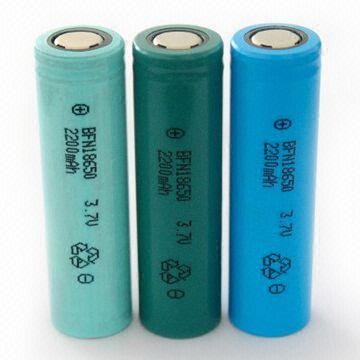Three years after it was forced to pull an Australian stock market float due to a lack of interest from local investors, the Australian-based Talison Lithium (TLH:TSX) – the world’s largest producer of lithium ore – has been snapped up in a deal that values it at more than twice the price.
Talison, which has been producing lithium at its Greenbushes mine in Western Australia for more than 25 years, and accounts for one-third of the global market in lithium ore, has agreed to a buyout by US-based materials group Rockwood Holdings for $C724 million ($704 million).
Lithium is the key ingredient used in the manufacture of lithium-ion batteries – one of the favoured technologies in the so-called “secondary” or “rechargeable” battery market. The batteries are used in mobile phones, laptops, tablets and the like, but are also expected to gain a major share of the electric vehicle market, and play a key role in the development of solar energy storage and in grid stabilisation.
The purchase comes just after Talison doubled production at its main mine in anticipation of a boom in demand of lithium-ion batteries, and secured a 15 per cent increase in prices – taking its price increases for calendar 2012 to date to 25 per cent.
“Talison was, and remains of the view that lithium will be a major part of the world’s new energy future, not just for mobile electronics such as iPads, but electric vehicles, grid stabilisation batteries, and solar storage,” chairman Peter Robinson said at the opening of the expanded operations earlier this month.
According to a recent presentation by Talison, demand for lithium-ion batteries has been growing by more than 20 per cent a year since 2000, and this is expected to surge from around 2015, as the rollout of electric vehicles takes off, and as lithium-ion batteries are deployed in large format basis in electricity grids and for storing solar energy.
And then there is the boom in smart phones and tablets. This graph below indicates anticipated demand over the next decade.
Talison emerged from the wreckage of the Sons of Gwalia collapse and was to be floated on the ASX in 2009. But the float was pulled due to a lack of local interest, and it was instead listed solely on the Toronto Stock Exchange in 2010. The Rockwood bid values its shares at more than 50 per cent higher than its previous trading price.
About one-quarter of lithium is extracted from ore-based reserves such as those operated by Talison and another Australian operator, Galaxy Resources, while the rest come from brine-based resources located mostly in South America, where Australian companies such as Orocobre are developing projects. Talison bought its own South American developer, Salares Lithium, to gain exposure to lithium brine projects in Chile.
The lithium ore producers were seen as much higher cost, but the anticipated demand and price rises are making them more attractive. According to Bloomberg, Rockwood is paying more than 33 times Talison’s earnings before interest, taxes, depreciation and amortisation, more than double the mark up of non-ferrous-metal company takeovers in the past two years.
Resource Capital, a private equity firm specialising in the mining sector, which bought Greenbushes for a reported $200 million in 2007 from the failed Gwalia group, retained a 37 per cent stake in Talison after the 2010 float and will pocket a handy profit from the sale.









